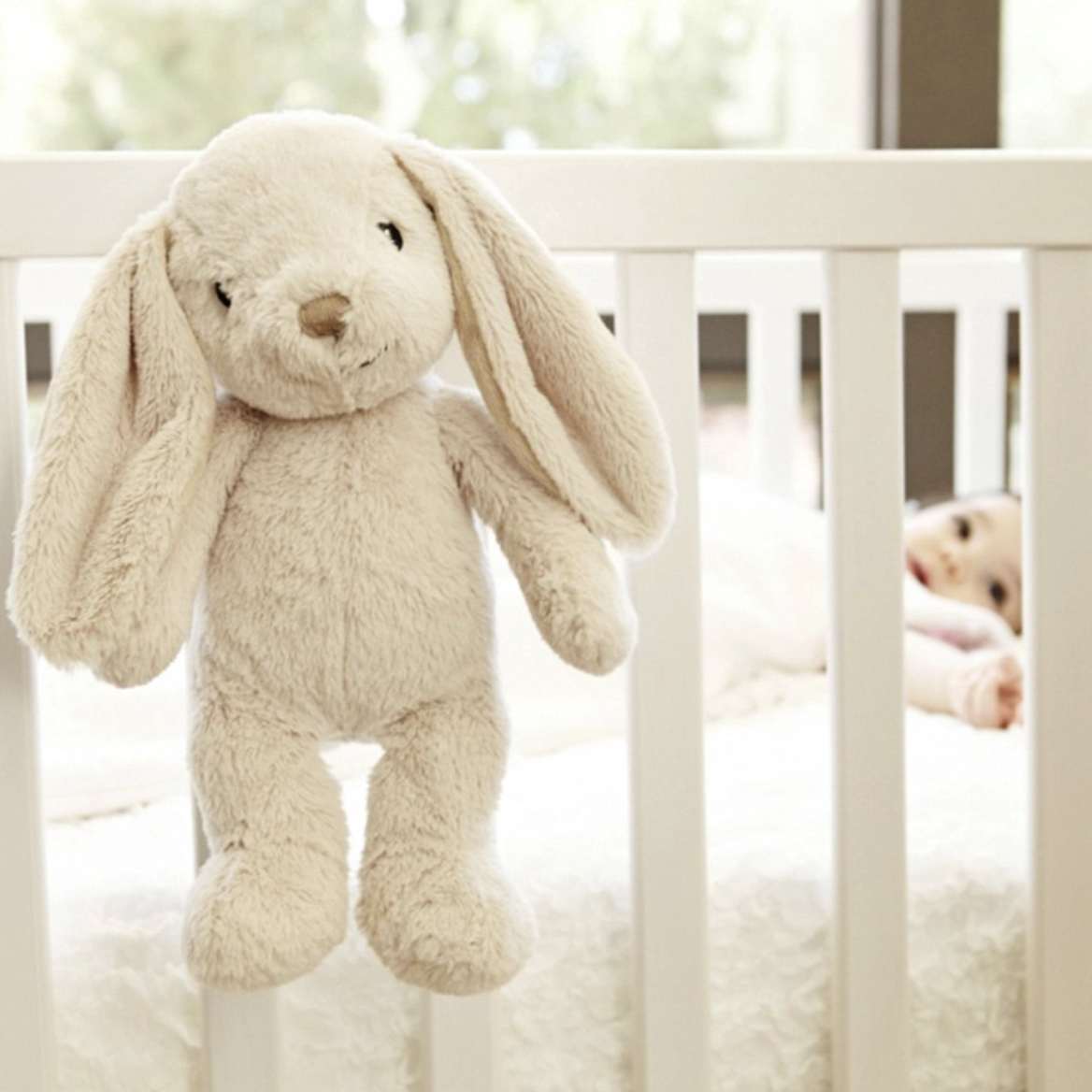- Bedding
- Bath
- Home Decor
- Windows
- Mattresses
- Electrics
- Tabletop & Bar Serveware
- Serveware Collections & Sets
- Serving Trays, Platters & Baskets
- Serving & Salad Bowls
- Cheese Board Sets
- Snacks, Dipping & Condiment Bowls
- Butter Dishes
- Salt & Pepper Shakers & Grinders
- Dessert Plates and Cake Stands
- Serving Spoons & Utensils
- Pitchers & Dispensers
- Sugar Bowls and Creamers
- Table Decor & Centrepieces
- Candles & Candleholders
- Trivets
- Teapots & Infusers
- Kitchen Cookware
- Cookware Collections & Sets
- Frying Pans & Skillets
- Grill Pans & Griddles
- Sauce Pans & Sauciers
- Dutch Ovens & Braisers
- Stock and Multipots
- Roasting Pans and Racks
- Casseroles & Baking Dishes
- Omelette & Egg Pans
- Pancake & Crepe Pans
- Woks
- Ramekins & Mini Cocottes
- Pizza Stones and Pans
- Fondue Pots & Raclettes
- Shop All Cookware
Food Preparation Tools- Mixing Bowls
- Measuring Cups & Spoons
- Can Openers
- Pizza Cutters & Accessories
- Mandolines and Slicers
- Pasta Tools
- Breakfast and Egg Tools
- Choppers, Graters and Zesters
- Grill and BBQ Tools
- Spice & Nut Tools
- Cheese Tools
- Seafood Tools
- Salad Spinners and Strainers
- Ice Cream Scoops & Makers
- Microwave Food Covers
- Spiralizers
- Fruit & Vegetable Steamers
- Garlic Presses and Graters
Kitchen Organization & Food Storage- Storage Containers, Canisters and Jars
- Fruit Bowls and Bread Baskets
- Food Storage Bags & Wraps
- Silicone Lids and Food Covers
- Fridge Organizers
- Butter Dishes, Syrup and Food Condiments
- Olive Oil & Vinegar Bottles and Caddies
- Cutlery & Drawer Organizers
- Spice Jars and Racks
- Ice Cube Trays
- Recipe Book and Tablet Holders
- Napkins and Napkin Holders
- Gifts
- Clearance Kitchen
- Shop Cookware by Material
- Cookware
- Bakeware
- Knives, Cutting Boards & Accessories
- Food Preparation Tools
- Kitchen Utensils
- Food & Beverages
- Kitchen Organization & Food Storage
- Kitchen Gadgets
- On-the-Go Food & Beverage Containers
- Kitchen and Table Linens
- Kitchen Sink Accessories & Cleaning
- Shop By Brand
- Sale Kitchen
- Shop Cookware by Material
- Cookware
- Bakeware
- Knives, Cutting Boards & Accessories
- Food Preparation Tools
- Kitchen Utensils
- Food & Beverages
- Kitchen Organization & Food Storage
- Kitchen Gadgets
- On-the-Go Food & Beverage Containers
- Kitchen and Table Linens
- Kitchen Sink Accessories & Cleaning
- Shop By Brand
- Bestsellers
- New Arrivals
- Blog
How to Reduce Waste in Your Home
Posted:
May 20, 2020
Categories:
Home & Design
 It can be a bit overwhelming to think about our environmental impact, and even more so during a pandemic that necessitates the use of single-use and disposable products.
It can be a bit overwhelming to think about our environmental impact, and even more so during a pandemic that necessitates the use of single-use and disposable products.
However, little changes in our homes can make a big difference in the amount of waste that gets produced. Not to mention the amount of money that gets saved!
Here are 5 changes you can make to help reduce waste in your home:
1. Get to know your city’s recycling and composting rules
Recycling and composting are a little more complex than just throwing everything into a blue or brown bin. Every city has different processing capabilities, which means the rules vary from city to city (or even borough to borough). A quick Google search should allow you to find out what can be recycled and composted in your area. It’s important to follow these guidelines so the sorting process isn’t jammed up with garbage and inappropriate materials.
There are also usually facilities available for the recycling of electronics, styrofoam, old ruined clothing, etc. You’ll be surprised to learn all of the available options to help get the right products in the right places for efficient recycling.
2. Practice repairing items instead of replacing them
Reduce, reuse, recycle and repair. When something is broken, see if you can fix it before throwing it out and replacing it. If you can’t do it yourself, you can bring it to a repair shop. Often, it’s cheaper to fix an item than replace it entirely - and you’ll save it from the landfill.
Repairing items is also a really cool skill to develop as it tests out your handiwork and creativity.
3. Work on reducing food waste with meal plans and FIFO
Food waste is an enormous issue in North America, and the solution can start at home. We should all only be purchasing groceries and food that we know we will eat. However, leftovers and spoiled food is still a big problem.
Creating a meal plan for your family can significantly reduce this issue because you can plan out precisely what ingredients you’ll need for the week. You’re also more likely to eat the food in your house instead of ordering if it’s already planned and prepared.
When doing groceries, a good rule of thumb is “First In First Out” or FIFO. This means the older foods should be brought to the front of the fridge or pantry, while the new foods make their way to the back. It’s easier to stick the newer items in front, but this tends to allow the older food to go bad as it isn’t what’s grabbed first.
Purchasing appropriate, air-tight containers allows better storage of food and leftovers. This means less waste!
4. Opt for reusable products whenever possible
Plastic bags. Coffee cups. Straws. Water bottles. These items are often the focus of any environmental debate, but it extends beyond that. Any time you replace a single use item with a reusable one, it’s a win!
Coffee filters, tea bags, reusable snack bags, etc. The list goes on and on because there are so many daily items that fit this category.
5. Purchase high quality items that will last longer
Buying high quality items is an investment in the longevity of the product, which means it is less likely to end up in the landfill. Purchasing higher quality products is more expensive, but you’ll end up replacing it less often which saves money and reduces household waste. You’re also less likely to frivolously buy something you don’t really need if you’re looking at quality over cheapness.
Some eco-friendly finds to get you started:
- Reusable Snack and Sandwich Bags
- Countertop Compost Bin
- Food Saver Covers
- Soma Water Filter Pitcher
- Reusable Food Wraps
- Tea and Water Infuser Bottle
You don’t have to change everything at once. It is important to find ways to reduce waste in ways that make sense for your lifestyle and your health. Every little change helps the planet, and that’s a good thing!

 Custom Window Blinds
Custom Window Blinds Gift Registry
Gift Registry Gift & eGift Cards
Gift & eGift Cards Custom Headboards
Custom Headboards







